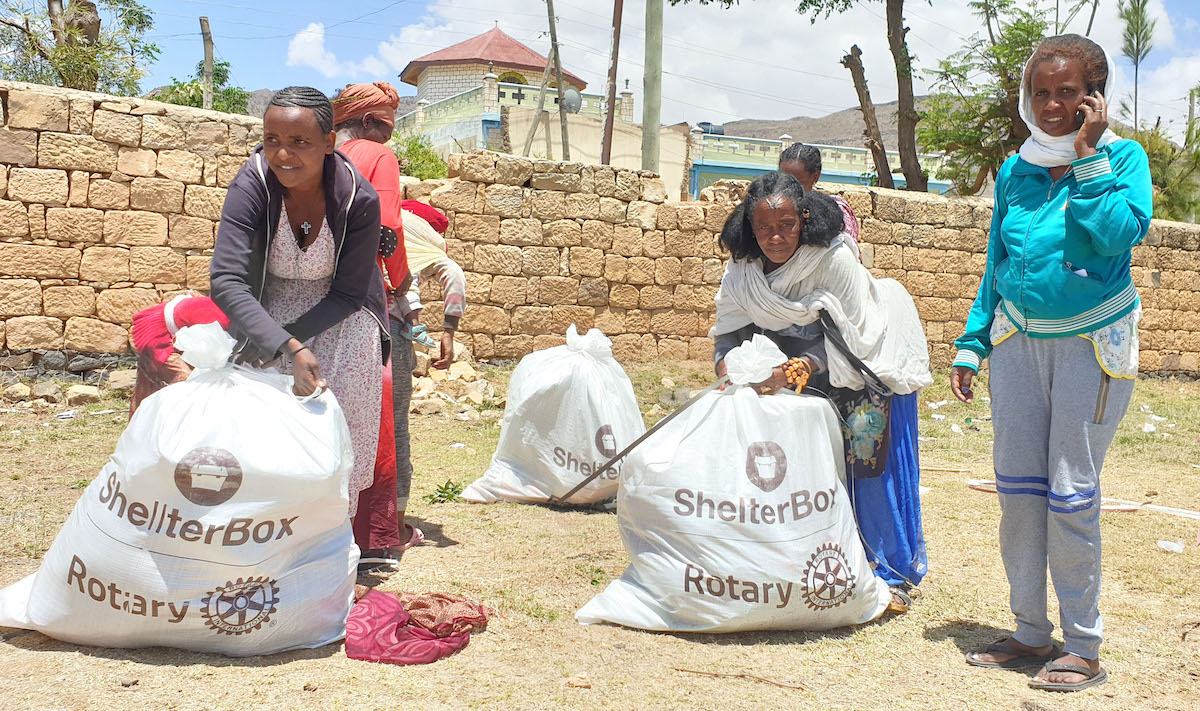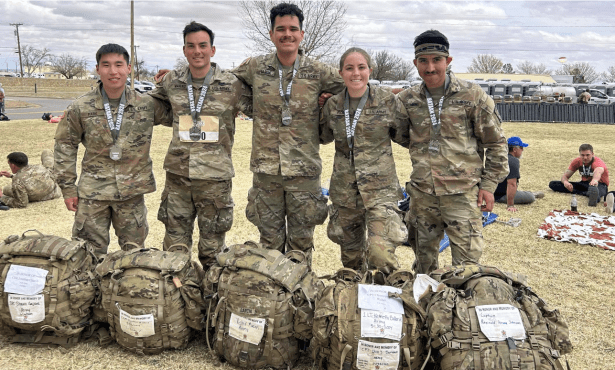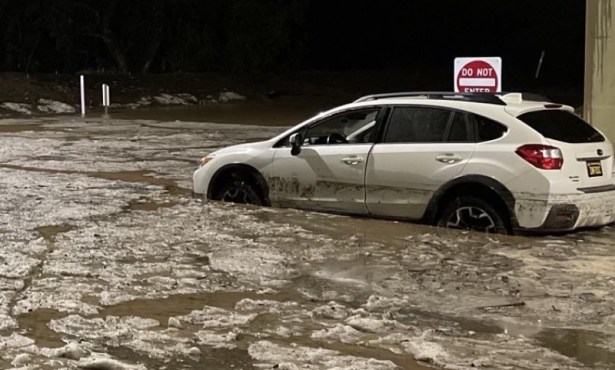ShelterBox Sending Supplies to War-Torn, Drought-Ravaged Ethiopia
Summerland-Based Global Relief Organization Sending Relief Kits for 13,000 People

With Ukraine getting the lion’s share of media focus as the epicenter of human-induced and unnatural disasters, the Horn of Africa — home to Ethiopia, Sudan, and Kenya — has been quietly taking a beating from one of the most violently disruptive droughts on the planet. With the last four rain cycles shooting blanks, drought and famine have uprooted more than one million people in that region in search of water and food. To help out, ShelterBox, the Summerland-based global relief organization, is sending relief kits for 13,000 people to their partners in Ethiopia for distribution.
Included in these kits are tarps and tools that can be used to provide makeshift shelter. These packages are considerably lighter and more portable than the typical kits ShelterBox assembles for areas in need of humanitarian relief. Tarps are being sent in place of tents, for example, because tarps can be used with greater flexibility and more can be sent. ShelterBox is currently evaluating whether to send similar relief shipments to Somalia.
Ethiopia has been enmeshed in political and military violence for the past two years. During that time, the region has experienced its most intense drought in the past 40 years. Because the drought so bakes the parched land, explained Kerri Murray of ShelterBox, what little rain that falls is not absorbed into the soil but instead pools up and floods.
According to international relief reports, nearly 20 million people have been affected by the drought and attendant famine in these three Horn of Africa nations; 11 million can’t get enough water for drinking, farming, and sanitary needs. To date, Murray said, seven million livestock have died, taking with them the milk upon which millions of children rely.
“Millions of people can’t get access to food or water,” she said.
As wells dry up, women and girls are forced to walk farther to fetch water, putting themselves at greater risk for dehydration and violence. “In Ethiopia, one out of every five people has left their home,” she said. “One person dies every 48 seconds.”
The root of the problem, Murray said, was the climate, but political instability has compounded matters. Adding to what she described as “the co-morbidities” of the crises has been a massive infestation of locusts.
Correction: Rather than 13,000 relief kits, the kits are for families and are for up to 13,000 people. Also, ShelterBox is evaluating whether it can send relief to Somalia, not Sudan.
Support the Santa Barbara Independent through a long-term or a single contribution.



